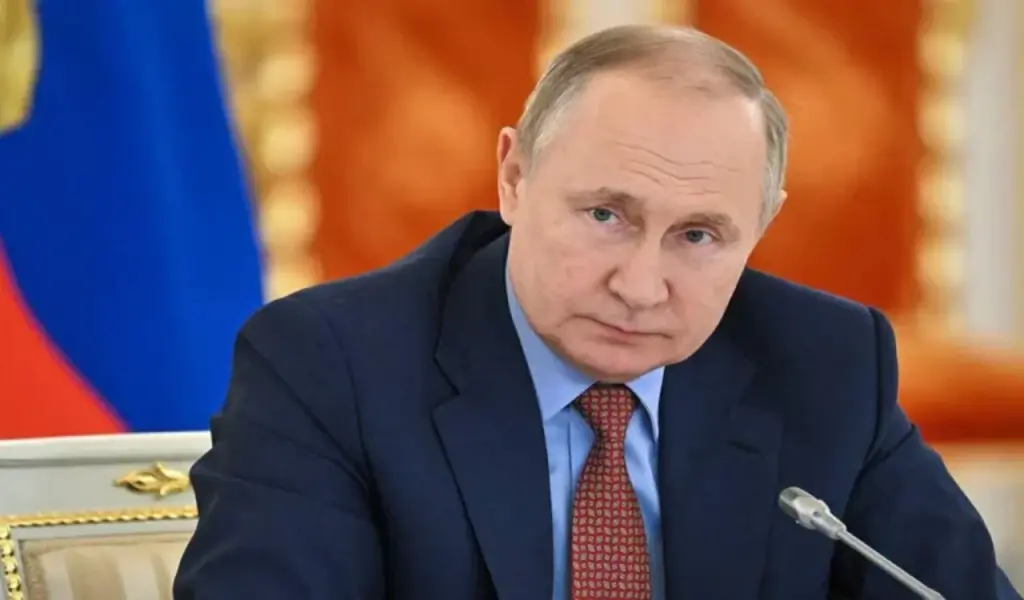(CTN News) – On March 18, the Russian Central Election Commission announced the result of voting in the presidential “elections”: according to preliminary data from the commission, Vladimir Putin, who ran as a self-nominated candidate, received 87.28% of the votes with a turnout of 77.44%.
Both figures are the highest in contemporary Russian history. Because the CEC, weirdly enough, continues to disclose data for individual polling stations (and election analysts continue to download and organize it), it is feasible to determine exactly how these record figures were attained.
If we remove the conditions for holding “elections” and focus solely on vote counting, the short answer is: with unprecedented levels of falsification.
This time, all analytics on the voting results, both in this text and in other publications , are based on data collected from the Central Election Commission website and made publicly available by programmer and electoral analyst Ivan Shukshin – they contain 98% of PECs, including with annexed Crimea, but without mainland Ukraine. Ivan Shukshin’s analysis of election results may be found here.
And this analytics clearly shows that there were falsifications?
Some of the statistical irregularities revealed in the PEC data are obvious signs of fabrication because they cannot be explained by anything else. Others simply look very suspicious, but, in principle, may be the result of other reasons. In other words, anomalies are different and should be considered independently.
In recent Russian elections, there has been a correlation between the leader’s outcomes and turnout, as well as peaks in both turnout and results. This time, the magnitude of both anomalies exceeded previous records.
Sergei Shpilkin, a physicist and electoral analyst, has been examining vote distribution and turnout in Russian elections since the early 2010s.He proposed a method for distinguishing between normal and fake voices.
The idea of this technique is as follows: the exact number of voters who came to the polling stations and the amount of votes they cast for different candidates depends on several random factors.
Therefore, we can predict that, in general, the distribution of distinct PECs in terms of turnout and candidate results will be characteristic of random processes, that is, normal, Gaussian , bell-shaped.
Therefore, on a two-dimensional diagram of the distribution of PECs by turnout and candidate results, polling stations should look like one symmetrical spot.
If departures from this distribution arise in the distribution of turnout and votes—and they have been documented during Russian elections since at least 2004—such results are deemed anomalous and require a different explanation.
The most obvious explanation is the physical stuffing of ballots for the government candidate into voting boxes or the addition of a certain number of ballots to the protocols. Such falsifications increase both turnout and the final percentage of votes for the government candidate.
The PECs where such stuffing occurs form the growth of the right shoulder in a normal distribution, and on a two-dimensional graphic (where turnout and the percentage of the candidate in power are depicted) they look like the tail of a comet extending to the upper right corner.
This is the two-dimensional distribution of PECs based on turnout and Vladimir Putin’s results in the 2018 presidential election.
It can be seen that the tail of anomalous votes is already making a very large contribution to the overall result, even if judged simply by the number of PECs where anomalous results are observed.
And here’s what the same distribution looks like in the current “elections”:
The core of typical PECs at the current “elections” simply gone, almost only aberrant parts remained. At roughly 40% turnout, one may observe a faint symmetrical area, reminiscent of the usual core of earlier elections. If you look at the regional breakdown, you will notice that almost all of this core consists of Moscow PECs.
Even in Moscow polling stations, where turnout appears to be symmetrical, the distribution of Vladimir Putin’s results shows two clusters centered at between 65 and 85 percent.
This could be explained by the fact that within the capital, there are “two Moscows” with fundamentally opposing views on this candidate. No prior elections in Moscow have produced such a picture.
One possible explanation for this picture is the impact of mass remote electronic voting (DEG) on individual PECs, which increases the percentage of candidates who lose power. The identical picture can be given by rewriting votes from one candidate to another without stuffing and a commensurate change in the overall turnout.
In St. Petersburg, the picture is fundamentally different: there is no cluster of polling stations with average turnout, but rather an almost “pure” tail of a comet (as well as “steps” of individual PECs, where the results were clearly drawn).A similar, but more pronounced, picture may be seen in annexed Crimea and Sevastopol.
The heterogeneity of Russian regions could be used to explain the anomalous picture of vote distribution, which no longer resembles the Gaussian.
The nationwide distribution of PECs is divided into regions, with turnout and support for the current government varying greatly due to local characteristics and traditions. Even in the absence of gerrymandering, one would expect a non-Gaussian vote distribution.
This protest could be strong, if not for one thing: elections in Russia have been going place for numerous years, but only now, in 2024, the usual distribution of votes throughout the country has been completely eliminated.
The graph below depicts the distribution of votes in all presidential elections since 2000.It demonstrates that what was once considered a deviation has become the norm, and the norm has vanished entirely.






